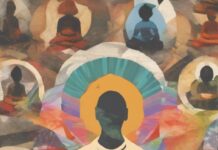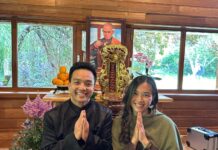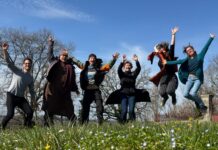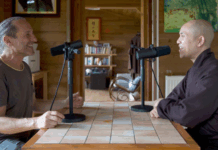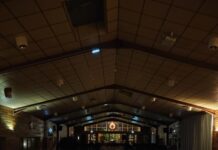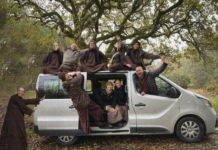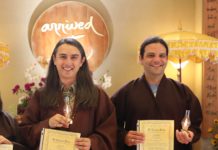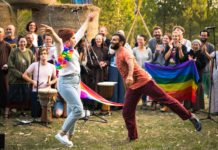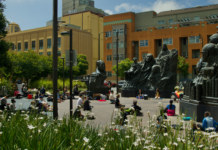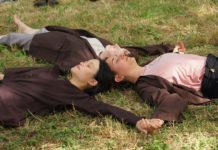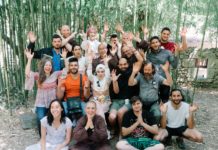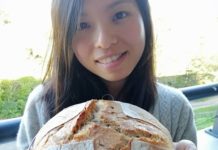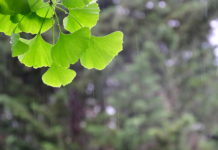By Tuong-Vi
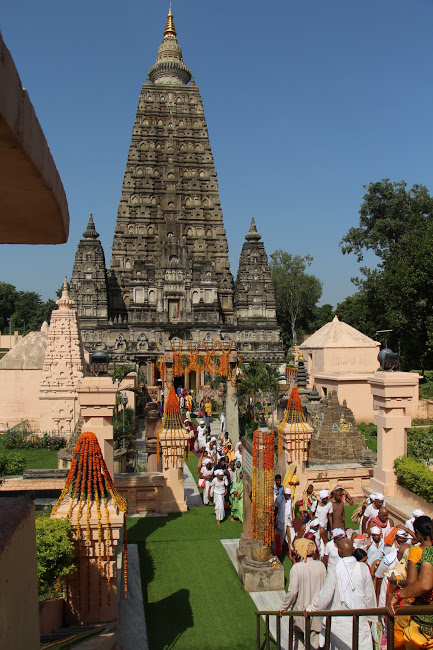
“There are four places, the sight of which will arouse strong emotions in those with faith. Here the Tathagatha was born. Here the Tathagatha attained enlightenment. Here the Tathagatha set in motion the wheel of the Dharma.Here the Tathagatha attained final Nirvana. And, the monk, the nun, the layman or the laywoman who has faith should visit these places.”
I sat in meditation under the Bodhi tree. A breeze caressed my cheek, and I could hear the birds. The tree is a descendant of the original Bodhi tree; the birds are descendants of the birds that sang when the Buddha sat here, and I am a continuation of the Buddha. I can touch my Buddha nature in this moment and I am connected to all beings, including my parents who steadfastly turned me toward the Buddhadharma. I feel connected to my uncle Chuong who taught me the meaning of the leaf that adorned his Vietnamese Buddhist scout uniform. There was silence, except for chanting when I circumambulated the Mahabodhi temple with my fellow pilgrims. With each step, I walked for my parents who may not have a chance to make the journey to Bodhgaya and for my dear uncle who, due to illness, can no longer walk.
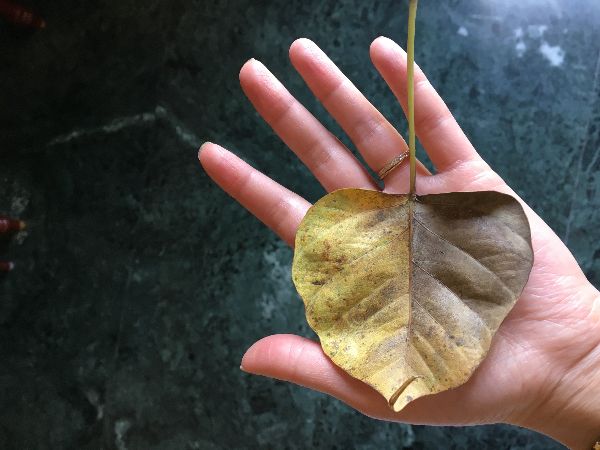
Later that afternoon, we travelled to nearby Uruvela, also known as Sujata’s village. Following the monk Gautama’s decision to end his practice of extreme austerity, a young girl named Sujata gave him rice cooked in milk (kheer) to revive him. We met a local family whose eldest son, Dinu, was a local guide on the Buddhapath pilgrimage team. We sat on the rooftop of their modest home, eating the deliciously spiced rice pudding served in bowls made of leaves, newspaper-wrapped samosas and drinking the best chai of our lives.
We asked Dinu’s younger sister Tanuja and their cousins about their hopes and dreams.
“Do you want to become enlightened?” asked Br. Phap Khong. The word for enlightenment in Hindi is moksha.
Tanuja shook her head. No, she didn’t want to attain moksha. Her dream was to become a teacher.
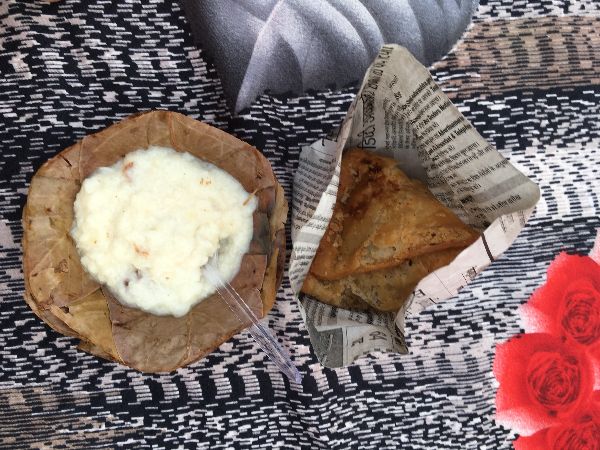
“You can do both. If you are enlightened, your students will really benefit from your wisdom,” said Sr. Uu Bat with a smile.
Buddhapath pilgrimage guide, Shantum Seth, asked us to consider Tanuja as Sujata’s descendant. Each spoonful of the kheer reminded us of the preciousness of this offering, and we shared Plum Village practice songs with Dinu’s family. As we walked mindfully through the green fields of this small farming village, we were filled with awe and gratitude for this moment which seemed to transcend time.
Tuong-Vi (Chan Tung Luu) practises with Wake Up Sydney. In September 2018, she travelled to India and Nepal with Buddhapath, a company led by Dharma Teacher and Pilgrimage guide Shantum Seth. Together with Monastic Sister Uu Bat and fellow Wake Up friend Nick Bozic, they formed the Australian contingent for In the Footsteps of the Buddha journey that was organised for Blue Cliff Monastery.
Reprinted with permission from the Summer 2018 edition of Nhap Luu Monastery Newsletter


